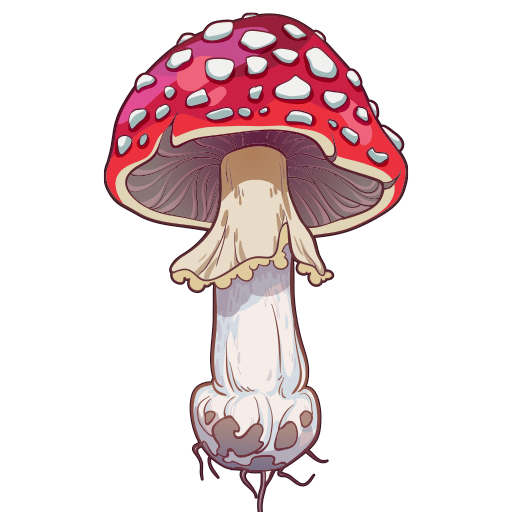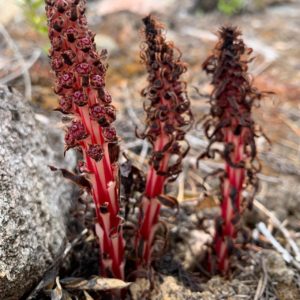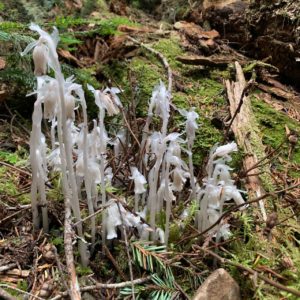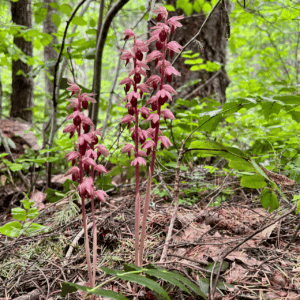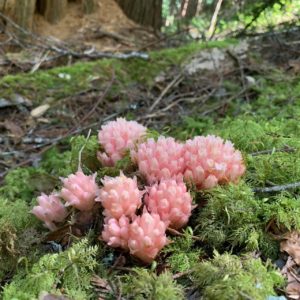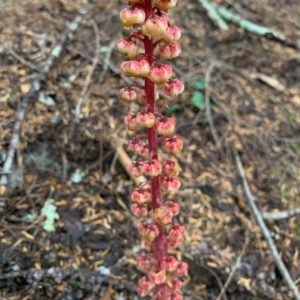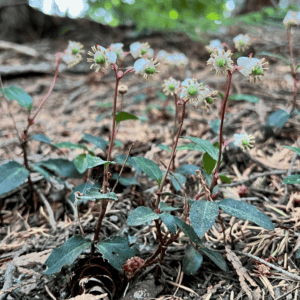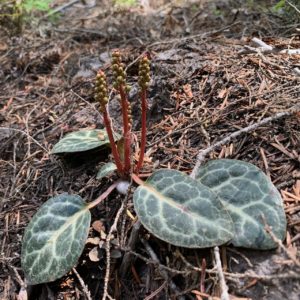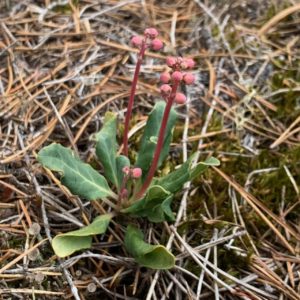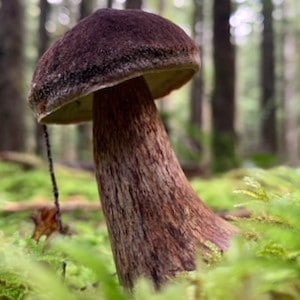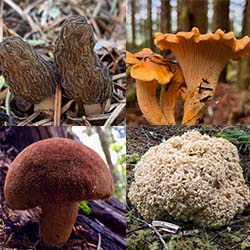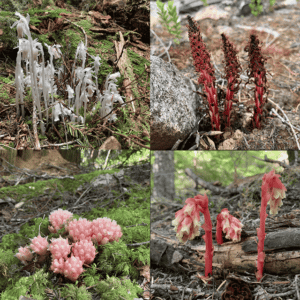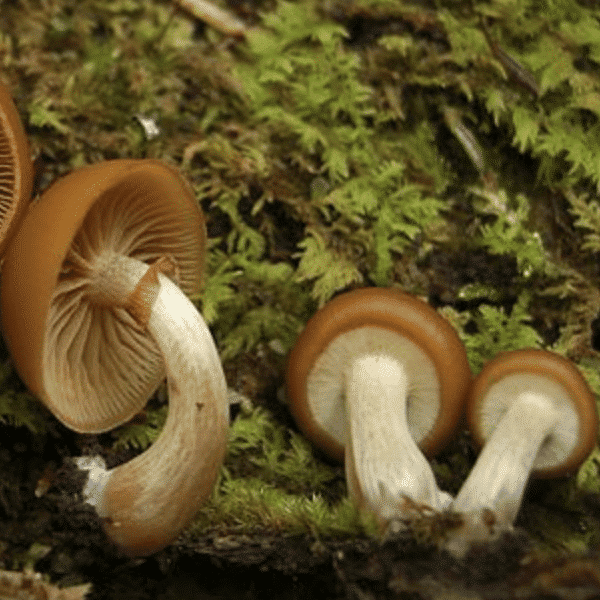Mycoheterotrophs are a type of non-photosynthetic plant that gains some or all of their nutrition from an underground fungus. The term comes from myco (fugus), hetero (other), troph (food). Most plants are autotrophs which create their own food through photosynthesis, these plants exploit a relationship between a fungus and plant for nourishment.
Since these plants feed off of sugars in specific underground fungi, they can be indicators of the mushrooms those fungi produce. Some of these plants grow exclusively near choice edible mushrooms like hedgehogs or matsutake.
Sugarstick
Allotropa virgata
Coralroot
Corallorhiza
Gnome Plant
Hemitomes congestum
Woodland Pinedrops
Pterospora andromedea
Partial Mycoheterotrophs
These plants get a portion of their nutrition from fungi in the ground
Pipsissewa
Chimaphila umbellata
White-Veined Wintergreen
Pyrola picta
Toothed Wintergreen
Pyrola dentata
